What do you know about really WILD mushrooms?
Be not rigid in your unwillingness to eat a mushroom you have picked in the woods. There are some species that even a rank amateur can classify as edible and suitable for the table. Others of course can make a person nauseous or worse.
It is my considered opinion that if an outdoorsman pays no heed to the fungi sprouting from soil and wood, this individual is missing a great source of satisfaction and fun.
To whet the reader's curiousity and perhaps his or her appetite, I am picturing a few edible mushrooms and some poisonous ones. If you can correctly tell which can be consumed for supper and which should be photographed but never eaten, you will not receive a prize. However, you will have gained the respect of the trolls hiding in the darkened forest. The answers appear below.
1.

2.
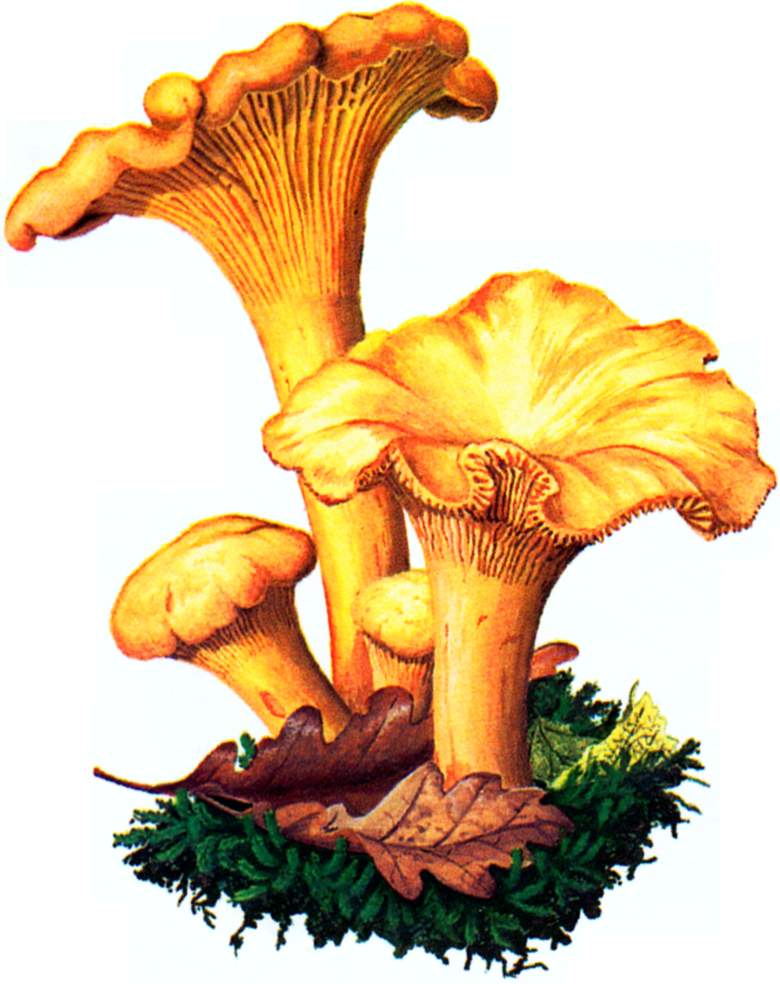 3.
3.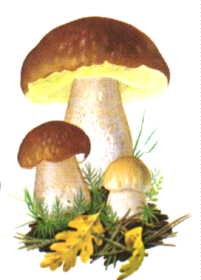
4.
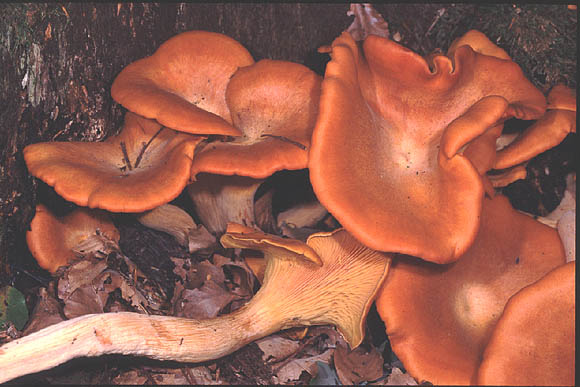 5.
5.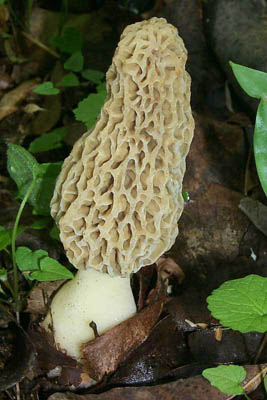
6.
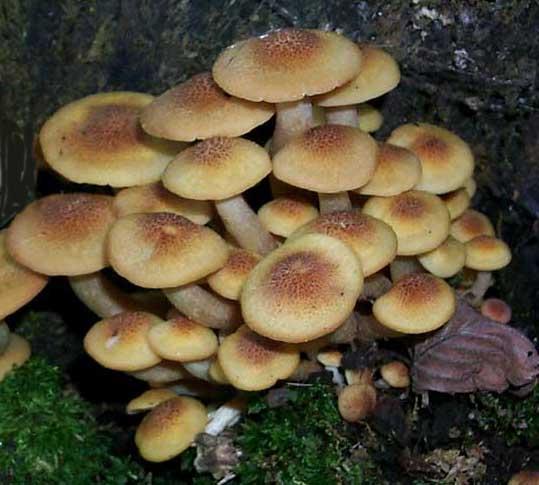 7.
7. 8.
8.
9.

______________________________________________________________________________
Answers
1. Deadly amanita- A big bite can do you in.
2. Chanterelle - Wonderful with veal.
3. King bolete - Prized as choice world wide.
4. Jack-O-Lantern - It put my brother in the hospital overnight - can be confused with the chanterelle.
5. Yellow morel - The best!
6. Honey mushroom - Grows on wood - tasty - parboil before serious cooking.
7. Glistening inky cap - Found on rotted stumps - great in an omelette.
8. Chicken of the woods - Yellow and orange color of fresh specimens stand out on tree trunks - delectable when fully cooked.
9. Stinkhorn (in Latin "phallus impudicus")- Ugh!
First timers should use caution before consuming. Join a local mushroom club or check out fungus in a reliable book such as "National Audubon Field Guide to Mushrooms" by Gary A. Lincoff.
 ONE MORE VOICE TO ADD TO THE GROWING RANKS OF BLOGGERS -----
comments welcome - vincent1@twcny.rr.com
ONE MORE VOICE TO ADD TO THE GROWING RANKS OF BLOGGERS -----
comments welcome - vincent1@twcny.rr.com 
0 Comments:
Post a Comment
<< Home